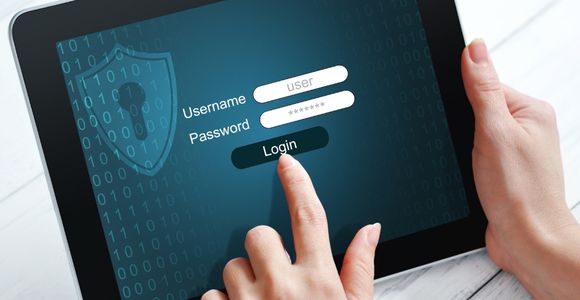A Selection Guide to Identity and Privileged Access Management
With traditional network boundaries dissolving, organizations are finding that employees are contributing from anywhere – home, office, at the beach, and on the road. Not only is the shift in workforce contributing to the adoption of cloud applications, it is creating a new IT landscape that requires modernized defenses to effectively identify and close security gaps and fortify your valuable assets against vulnerabilities.
With business and customer data living outside of controlled corporate firewalls, new security strategies must be innovated and adopted. This has given rise to new practices of Identity and Access Management (IAM), an approach for business processes that facilitate the management of electronic or digital identities.
IAM – Protecting Roles and Access Privileges
IAM is one of the leading technology domains that provide employees with the right level of data and app access, when needed, while minimizing risk. IAM involves technologies and business processes that work to manage and protect the roles and access privileges of users. By design, it enables the right individuals to access the right resources at the right time for the right reasons.
IAM is a superset of technologies that address the mission-critical need to ensure appropriate access to resources across an increasingly heterogeneous technology environment while meeting rigorous compliance requirements. With a mature IAM program, organizations can reduce their identity management effort, while becoming more agile in their support of new business initiatives.
IAM is valuable for any environment that requires security defenses but is particularly valuable for those enterprises with complex infrastructures that span on-premises and cloud infrastructures and applications. Key business problems solved by IAM include:
- Securing remote user logins, including vendors and contractors
- Consolidating identities (e.g., a single unique credential)
- Automating the onboarding and offboarding processes for all resources
- Easing M&A consolidations
PAM – Managing Access to Critical Resources and Services
A subset of IAM, Privileged Access Management (PAM) focuses specifically on only providing certain employees access to specific pieces of privileged information. Essentially, PAM is a gatekeeper only allowing those with the authorized privileges access to privileged information.
PAM is particularly applicable for organizations that are looking to gain better control over administrator and service accounts. It also delivers the ability to audit who has access to which account as well as the ability to lock down exactly what operations or applications uses have rights to run. What additional problems can PAM solve? Consider these:
- Auditing of admin credential control
- Account lifecycle management
- Credential vaulting and rotation for admin and service accounts
- Privilege escalation and control
- Operationalizing “least privilege” on servers and endpoints
IGA – Ensuring Identity Access Compliance
Operationalizing your IAM program requires the well-integrated Identity Governance and Administration (IGA). Specifically, IGA manages digital identity and entitlements, or access rights, across multiple systems and applications. This ensures that right people, get the right permissions at the right time for the correct reasons across various business systems. IGA also restricts prolonged access to critical systems.
IGA can be an efficient solution for organizations that seek to enhance and optimize visibility into access controls to improve security operations center (SOC) operations. IGA is particularly useful when an organization is required to provide proof of access governance to comply with regulatory audits or specific framework requirements, including those for heavily regulated industries like finance services, healthcare, and retail.
In environments with a high degree of complexity or multiple business divisions, IGA is particularly useful. Key benefits it provides include:
- Auditing access to ensure compliance to industry frameworks or regulations
- Regulation and automation of workflows around permissions and access for identity access and governance
- Attribute mapping to enable granular role-based access and policies for each application
- Just-in-time access provisioning
Identity at the Core of Protection
Increasing regulatory and organizational pressure to govern and protect access to corporate resources has IT and security leaders applying enhanced controls for user access privileges. IAM, as well as its subset technologies including PAM and IGA, apply tight control of resource access in highly distributed and dynamic environments.
Remember that Identity is Key to security assurance. Read our recent blog which outlines how managing user identity is vital to Mitigate Risk at the Access Core. Placing and managing user identity at the core of every security program will create a solid layer of protection.






